Whether or not we have partial free will could soon be resolved by experiments in quantum physics, with potential consequences for everything from religion to quantum computers
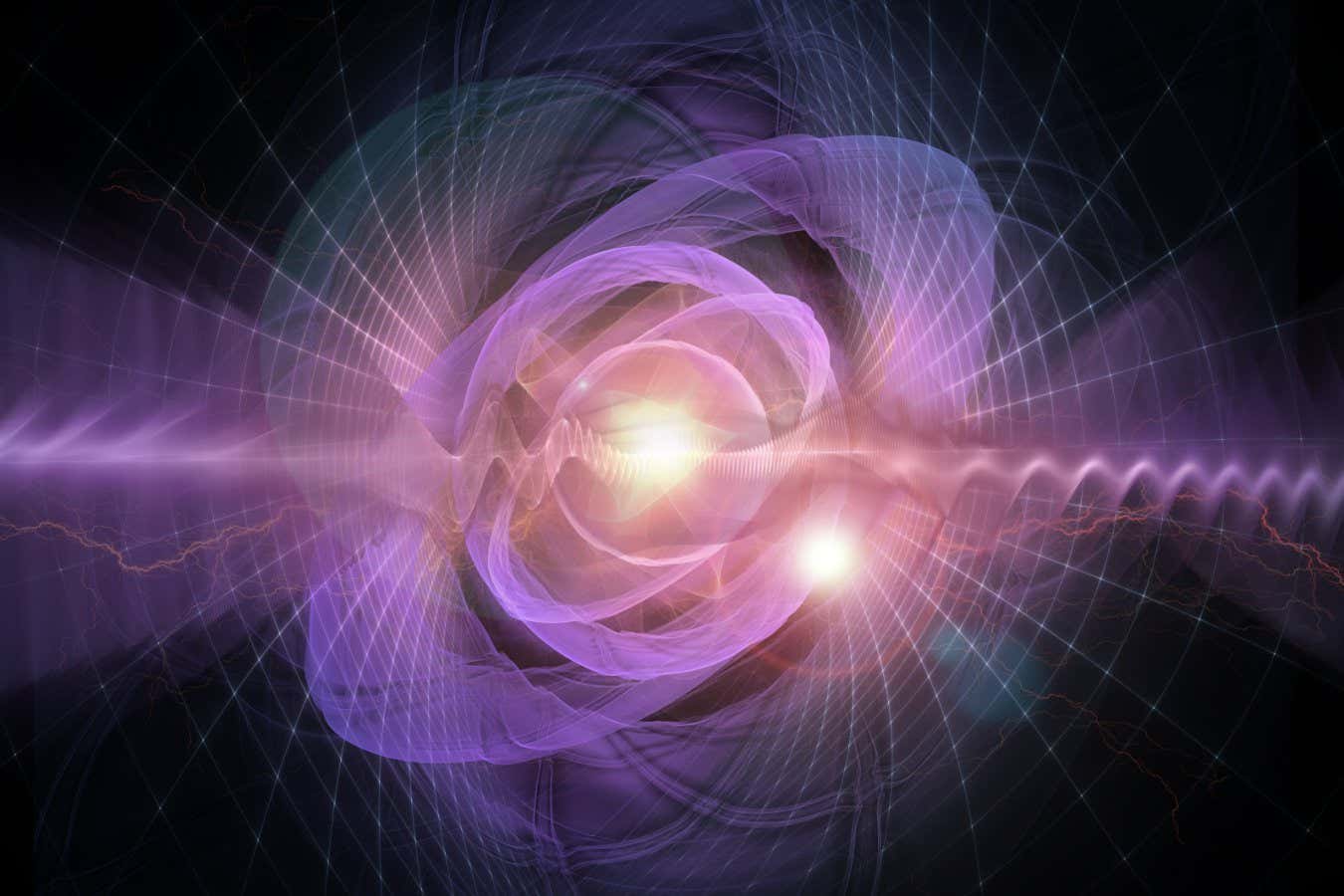

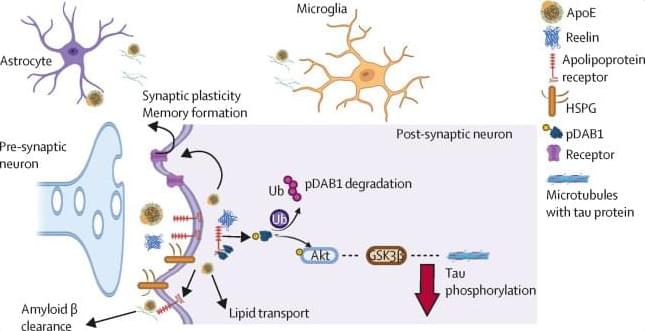
Genetic studies can offer powerful insights for the development of disease-modifying therapies for Alzheimer’s disease. Protective genetic variants that delay the onset of cognitive impairment have been found in people with sporadic Alzheimer’s disease and in carriers of mutations that usually cause autosomal-dominant Alzheimer’s disease in mid-life. The study of families who carry autosomal dominant mutations provides a unique opportunity to uncover genetic modifiers of disease progression, including rare variants in genes such as APOE and RELN.
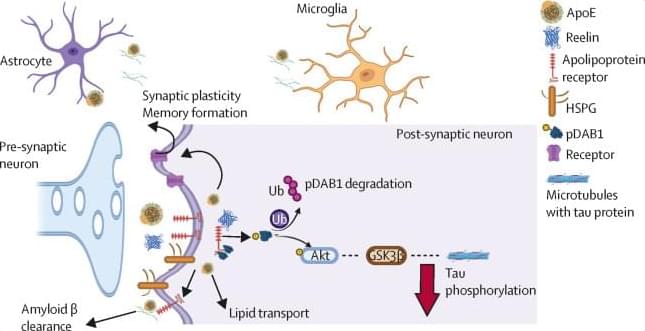
A new device that monitors the waste-removal system of the brain may help to prevent Alzheimer’s and other neurological diseases, according to a study published today in Nature Biomedical Engineering.
In the study, participants were asleep when they wore the device: a head cap embedded with electrodes that measures shifts in fluid within brain tissue, the neural activity from sleep to wakefulness and changes in the brain’s blood vessels.
By measuring these three features, the researchers found they could monitor the brain’s glymphatic system, which acts as a waste-removal and nutrient-delivery system.

Long working hours may alter the structure of the brain, particularly the areas associated with emotional regulation and executive function, such as working memory and problem solving, suggest the findings of preliminary research, published online in Occupational & Environmental Medicine.
Ultimately, overwork may induce neuroadaptive changes that might affect cognitive and emotional health, say the researchers.
Long working hours have been linked to heightened risks of cardiovascular disease, metabolic disorders, and mental health issues. And the International Labor Organization (ILO) estimates that overwork kills more than 800,000 people every year, note the researchers.
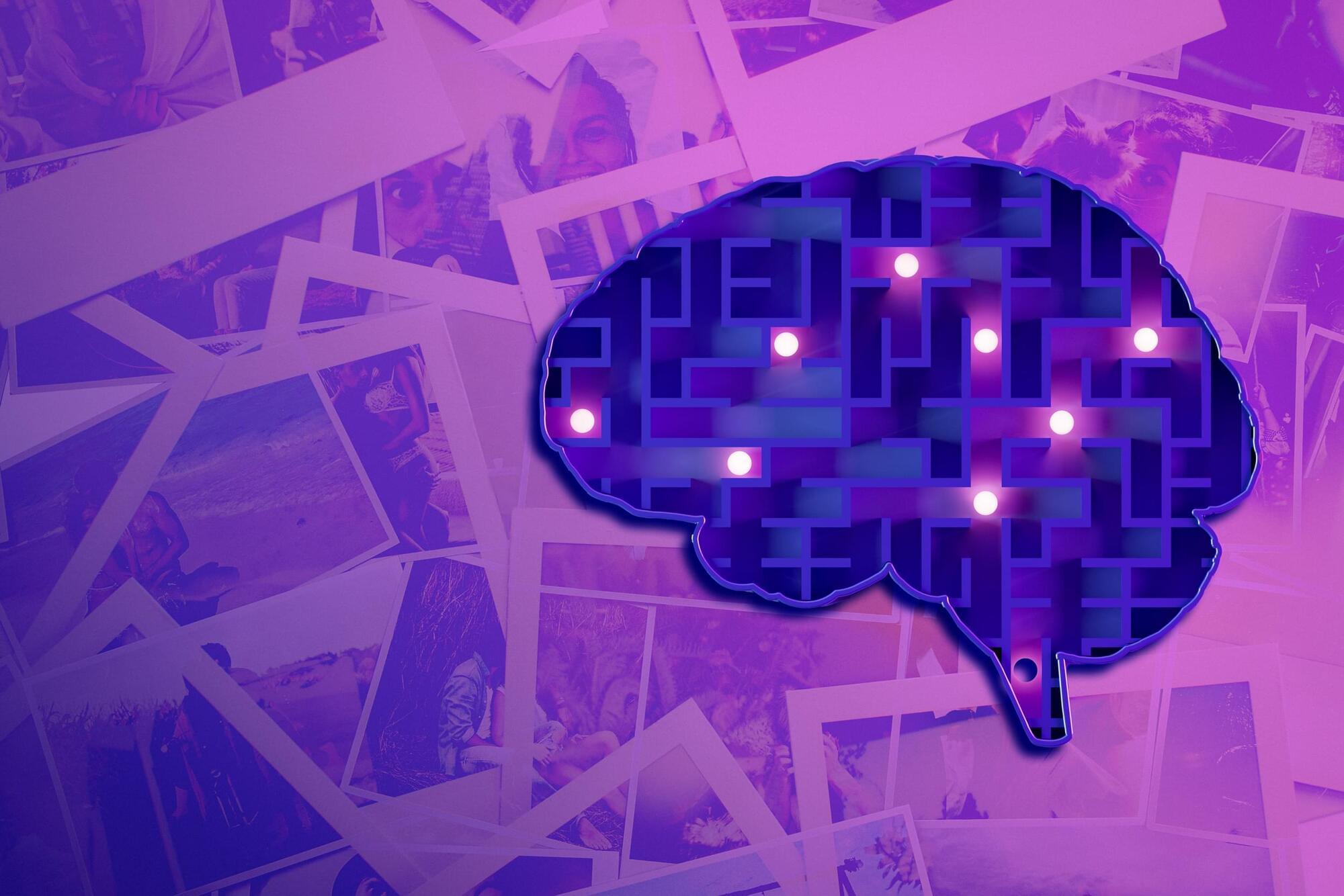
The human brain contains about 86 billion neurons. These cells fire electrical signals that help the brain store memories and send information and commands throughout the brain and the nervous system.
The brain also contains billions of astrocytes — star-shaped cells with many long extensions that allow them to interact with millions of neurons. Although they have long been thought to be mainly supportive cells, recent studies have suggested that astrocytes may play a role in memory storage and other cognitive functions.
MIT researchers have now put forth a new hypothesis for how astrocytes might contribute to memory storage. The architecture suggested by their model would help to explain the brain’s massive storage capacity, which is much greater than would be expected using neurons alone.

A fresh study suggests that the way a person’s pupils change while they concentrate hints at how well that mental scratchpad is working.
Working memory does more than hold stray reminders; it stitches together phone digits until they are dialed, keeps track of a spoken sentence until the meaning lands, and buffers half-finished ideas during problem-solving.
Unlike long-term memory, it works on a tight clock measured in seconds. Because the capacity is finite – typically three to seven items at once – small differences in efficiency can ripple through reading, mathematics, and decision-making.

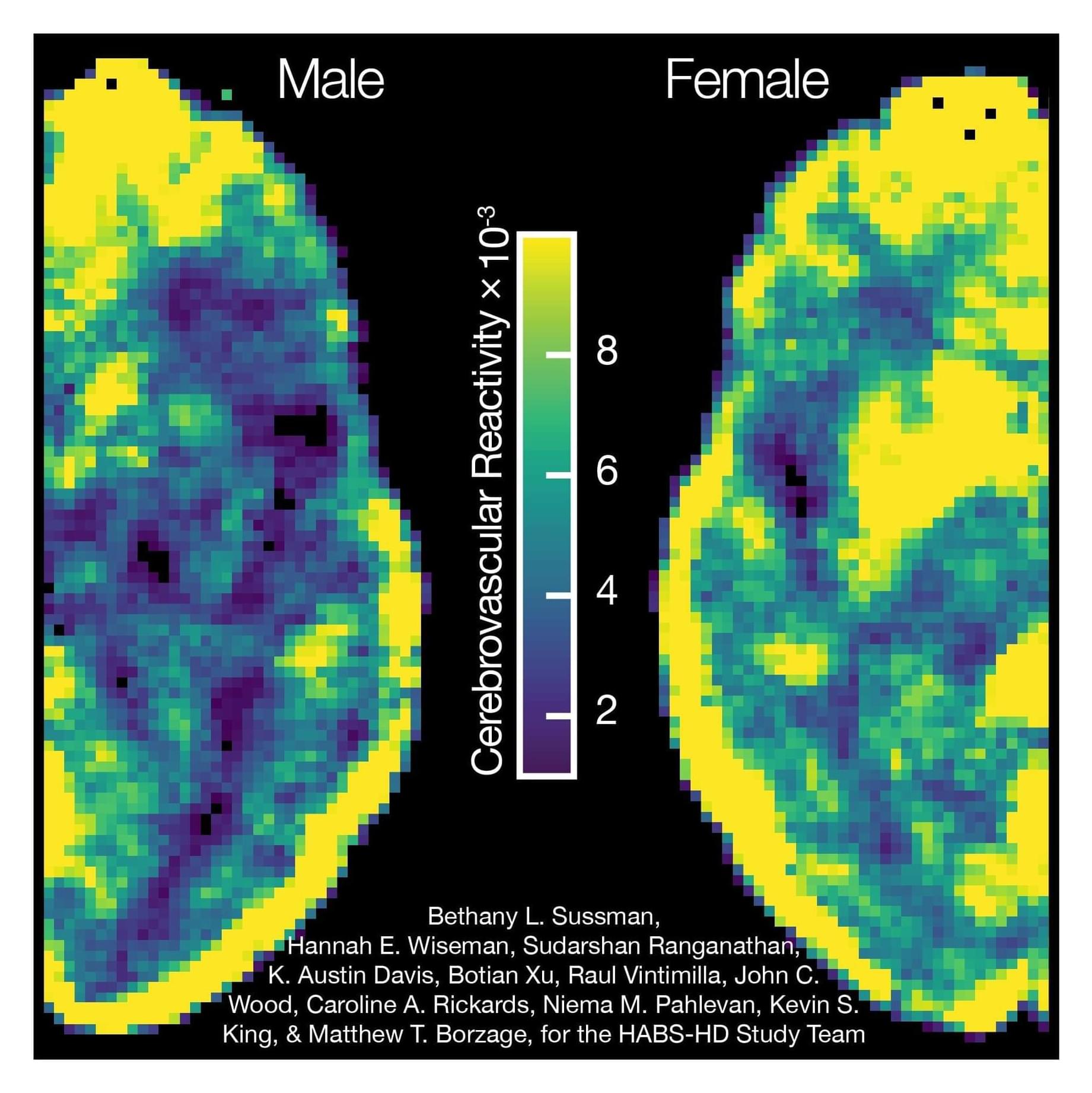
A research team led by the Borzage Laboratory at Children’s Hospital Los Angeles tested a new functional magnetic resonance imaging (fMRI) analysis method to measure cerebrovascular health in aging adults. What they found was unexpected and validated the usefulness of this method for measuring neurovascular aging in childhood diseases.
The researchers measured the cerebrovascular reactivity of the brains of 53 men and women between the ages of 51 to 83. Cerebrovascular reactivity is the ability of the blood vessels in the brain to dilate in response to a stimulus. The fMRI method they used—known as blood oxygen level dependent-cerebrovascular reactivity (BOLD-CVR)—measures the ability of the brain’s vessels to flexibly regulate blood flow in response to changes in carbon dioxide levels.
“How well the vessels react reveals a lot about your brain health,” says lead author Bethany Sussman, Ph.D., Research Scientist, Neonatology, at CHLA. “If a certain part of the brain can’t perform that function very well, that area is likely more susceptible to stroke.
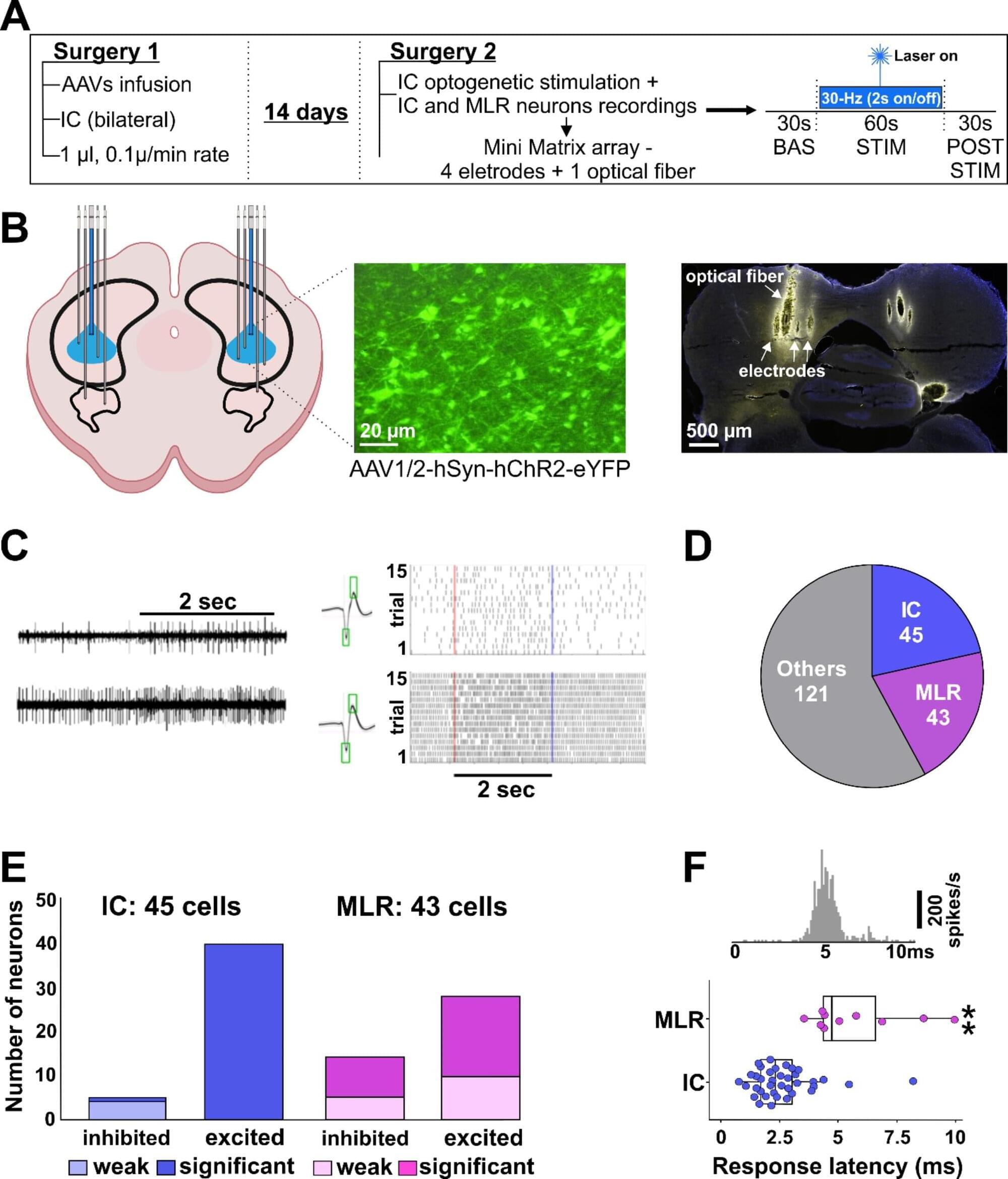
Persons with Parkinson’s disease increasingly lose their mobility over time and are eventually unable to walk. Hope for these patients rests on deep brain stimulation, also known as a brain pacemaker.
In a current study, researchers at Ruhr University Bochum and Philipps-Universität Marburg, Germany, investigated whether and how stimulation of a certain region of the brain can have a positive impact on ambulatory ability and provide patients with a higher quality of life. To do this, the researchers used a technique in which the nerve cells are activated and deactivated via light. Their report is published in the journal Scientific Reports.

Learning and motivation are driven by internal and external rewards. Many of our day-to-day behaviours are guided by predicting, or anticipating, whether a given action will result in a positive (that is, rewarding) outcome. The study of how organisms learn from experience to correctly anticipate rewards has been a productive research field for well over a century, since Ivan Pavlov’s seminal psychological work. In his most famous experiment, dogs were trained to expect food some time after a buzzer sounded. These dogs began salivating as soon as they heard the sound, before the food had arrived, indicating they’d learned to predict the reward. In the original experiment, Pavlov estimated the dogs’ anticipation by measuring the volume of saliva they produced. But in recent decades, scientists have begun to decipher the inner workings of how the brain learns these expectations. Meanwhile, in close contact with this study of reward learning in animals, computer scientists have developed algorithms for reinforcement learning in artificial systems. These algorithms enable AI systems to learn complex strategies without external instruction, guided instead by reward predictions.
The contribution of our new work, published in Nature (PDF), is finding that a recent development in computer science – which yields significant improvements in performance on reinforcement learning problems – may provide a deep, parsimonious explanation for several previously unexplained features of reward learning in the brain, and opens up new avenues of research into the brain’s dopamine system, with potential implications for learning and motivation disorders.
Reinforcement learning is one of the oldest and most powerful ideas linking neuroscience and AI. In the late 1980s, computer science researchers were trying to develop algorithms that could learn how to perform complex behaviours on their own, using only rewards and punishments as a teaching signal. These rewards would serve to reinforce whatever behaviours led to their acquisition. To solve a given problem, it’s necessary to understand how current actions result in future rewards. For example, a student might learn by reinforcement that studying for an exam leads to better scores on tests. In order to predict the total future reward that will result from an action, it’s often necessary to reason many steps into the future.